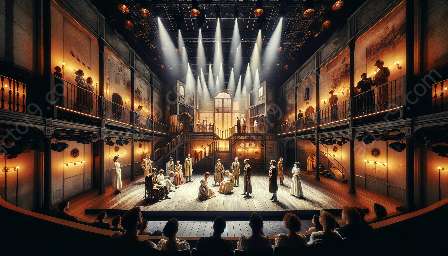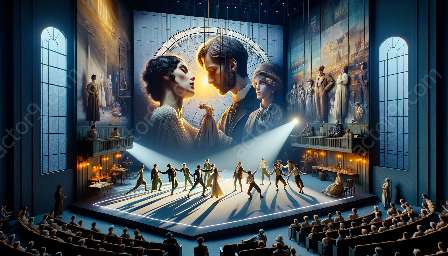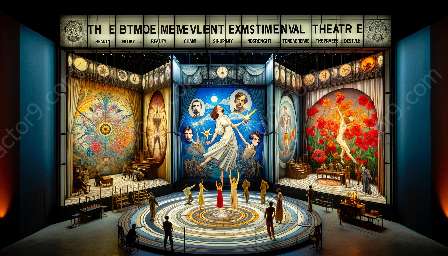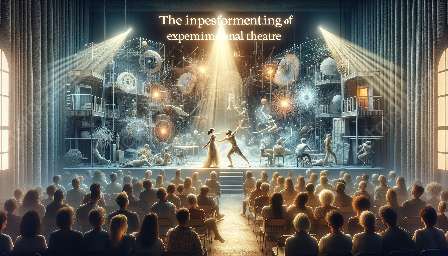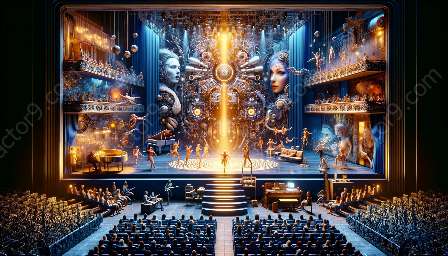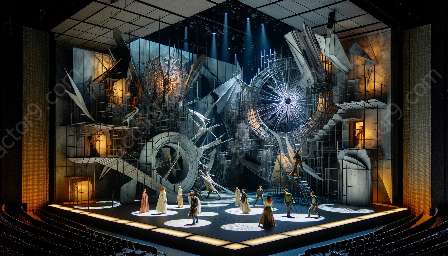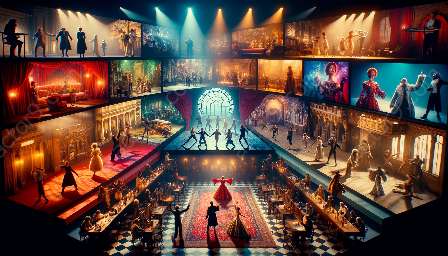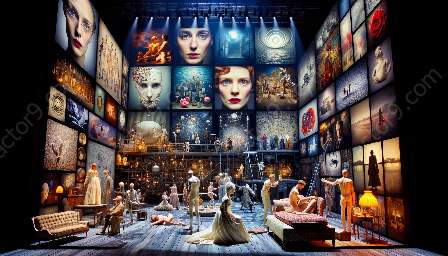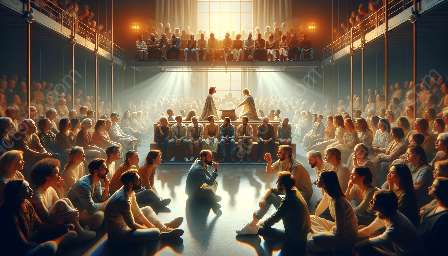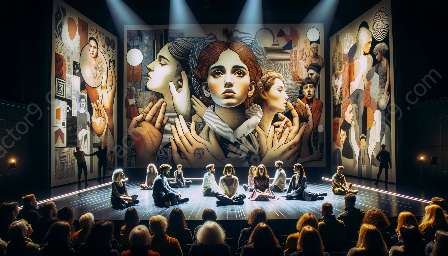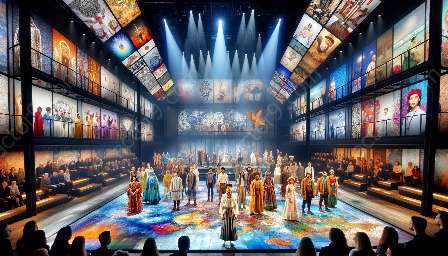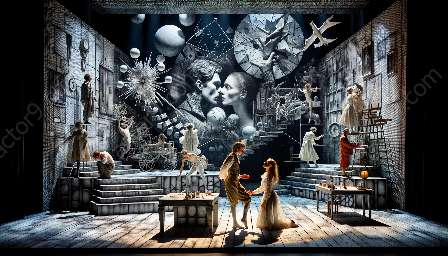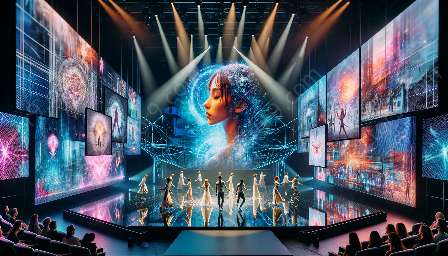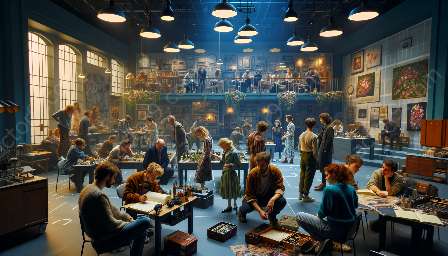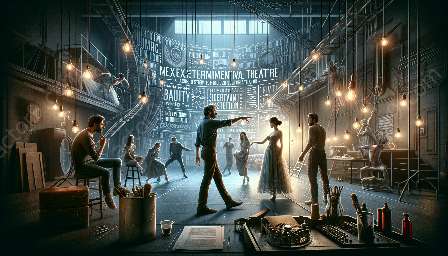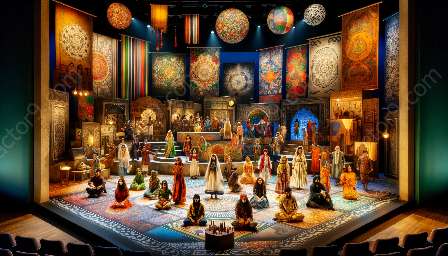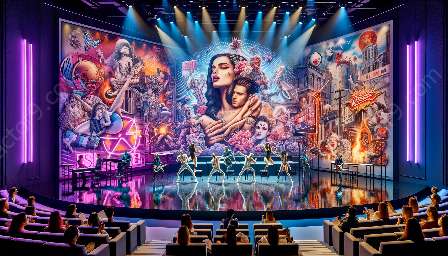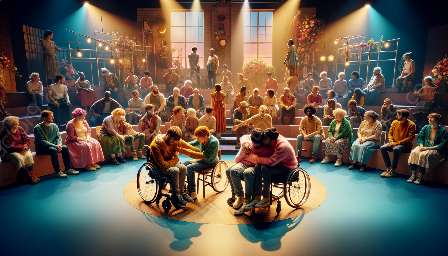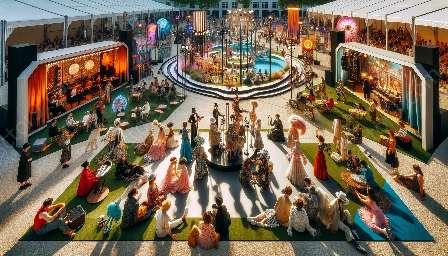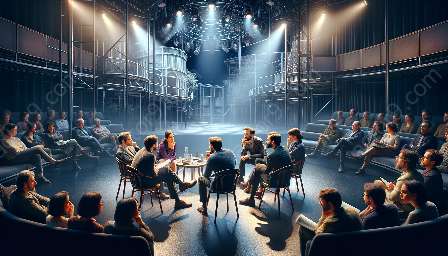Experimental theatre is an avant-garde form of performance that emerged in the 20th century, challenging traditional theatrical conventions and exploring new modes of expression. This article will delve into the historical roots and evolution of experimental theatre, as well as its relationship with multimedia.
The Origins of Experimental Theatre
Experimental theatre can trace its roots to the early 20th century, when artists and playwrights sought to break away from the constraints of traditional theatre and create new forms of expression. This movement was a response to the social and political upheaval of the time, and a desire to push the boundaries of artistic innovation.
One of the pioneering figures in experimental theatre was Antonin Artaud, whose manifesto 'The Theatre and Its Double' laid the foundations for a radical reimagining of the theatrical experience. Artaud advocated for a theatre that transcended language and rationality, instead embracing the visceral and primal aspects of performance.
Key Movements and Innovations
As the 20th century progressed, experimental theatre evolved in response to various artistic and cultural movements. The Dada and Surrealist movements, for example, influenced the development of experimental performance, with artists like Tristan Tzara and Marcel Duchamp experimenting with radical new forms of expression.
Another pivotal moment in the history of experimental theatre was the rise of multimedia and technology. Artists began incorporating film, sound, and interactive elements into their performances, blurring the boundaries between theatre and other artistic disciplines. This fusion of multimedia and live performance opened up new possibilities for storytelling and audience engagement.
One of the most influential practitioners of multimedia in experimental theatre was Robert Wilson, whose groundbreaking productions combined striking visual design, music, and technology to create immersive and transformative experiences for audiences.
Experimental Theatre Today
In the contemporary landscape, experimental theatre continues to push the boundaries of storytelling and performance. With the advent of digital technology, artists are exploring new ways to integrate multimedia and interactive elements into their work, creating immersive and participatory experiences for audiences.
Furthermore, the concept of 'post-dramatic theatre' has emerged as a significant force in experimental performance, challenging traditional dramatic structures and embracing a more fragmented and non-linear approach to storytelling.
The Impact of Experimental Theatre
Experimental theatre has had a profound impact on the artistic landscape, inspiring new generations of creators to explore the possibilities of performance and storytelling. Its influence can be seen in a wide range of artistic disciplines, from visual art and film to music and dance.
As the boundaries between different art forms continue to blur, experimental theatre remains a vital and dynamic force, constantly evolving and redefining the possibilities of live performance and multimedia integration.

